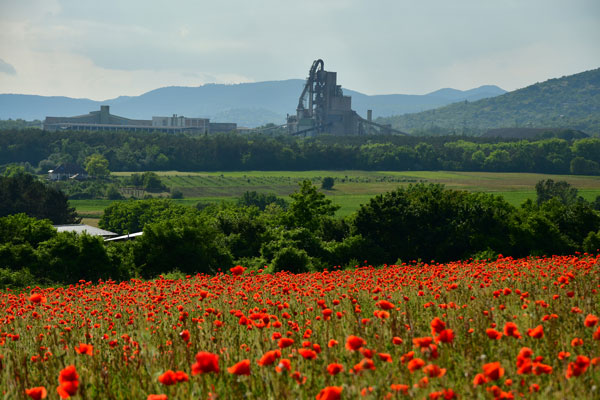Eastern Europe’s bid for growth
ICR has been assessing the eastern European cement markets of Czech Republic, Hungary and Romania. While decarbonisation is a central theme of all European cement markets, producers are also looking to improve plant efficiencies and are investing in new plant equipment.

The eastern European cement industry looks forward to a pick-up in cement demand in 2024
while it takes steps to decarbonise its operations (© Heidelberg Materials)
The economic outlook in eastern Europe has been markedly affected by the Ukraine-Russia conflict. Pressure on the EU to continue funding Ukraine’s defence has shown some cracks as the economic cost of the war is biting hard, especially in eastern European countries. Each nation’s outlook on the war is different. Czech Prime Minister, Petr Fiala, is adamant that “Ukraine’s fight is our fight too. The Czech Republic’s fight, the European Union’s fight, the whole of Europe’s fight.” Romania is fearful for its own security and has moved air defences closer to villages in the Danube, where Russian drones have been attacking nearby Ukrainian grain facilities. Meanwhile, the view from Budapest is that it will not support further EU military support for Ukraine until Kyiv removes Hungary’s OTP Bank from a list of international sponsors of Russia’s war. The significance of the war is not only a humanitarian crisis but also results in slow economic growth and raises concerns for national security.

